Xiaoxin Bathroom Headlines
Bathroom decoration is a discipline that
Once the existence of unreasonable design
will affect the happiness index of daily life.
Bring a lot of unnecessary trouble.
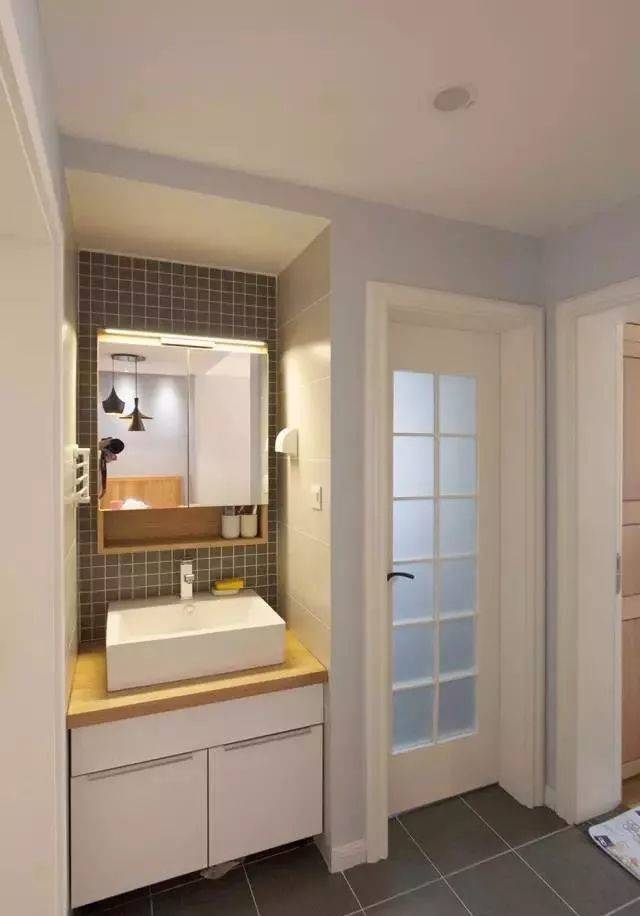
For families with a large number of people.
If there are no two bathrooms
It is necessary to face the phenomenon that
Before getting up in the morning and before going to bed at night
The bathroom will encounter the morning and evening peak problems.
And in the process of concentrated use, the
Toilet room is almost impossible to bypass the area.
In the morning,
The family will concentrate on using the sink and toilet.

At night, the
There is also a queue for the bathing area and the toilet.

To improve the quality of our lives
the concept of wet and dry separation is becoming popular.
But it turns out that
Wet and dry separation without toilet separation as a premise.
There is no point!
Why do you say so?
Let’s look at the general layout of the domestic bathroom!
Generally speaking, it looks like this ……
▼
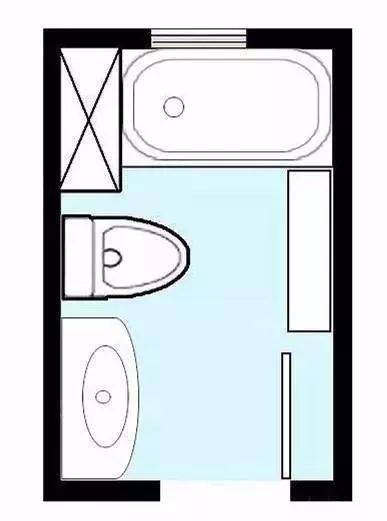
Or such a square pattern
▼

The washroom area, shower area and toilet area are centrally arranged in the same space, and only the glass door of the shower area serves as a simple partition, which is fine if you are living alone, but once it accommodates two to three people and happens to coincide with the morning rush, one person will go to the toilet and the other will have to wait anxiously.
Of course, in order to improve the efficiency of the use of the bathroom, people have not taken the sink independent of the method. But still the same thing, you want to take a good bath, outside shouting “I need to go to the toilet” ……
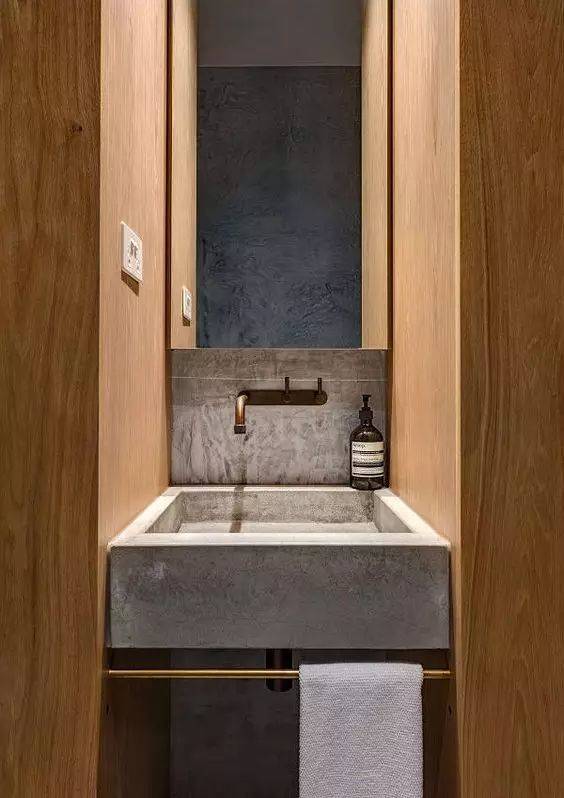
And this practice is not conducive to “wet and dry separation” – after the shower the water in the bathroom will take a long time to dissipate, wetting the toilet area; toilet bacteria will also contaminate the bathroom towels and clothing.
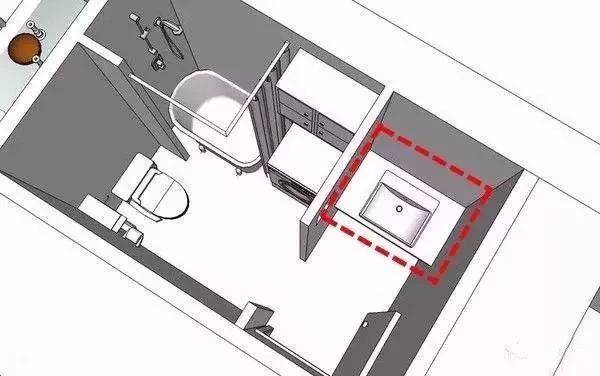
So, how should this problem be solved? Let’s refer to the wisdom of using Japanese bathrooms.
Three types of separated bathrooms
▼

First of all, Japanese bathrooms basically use “triple separation,” separating the three areas of bathing, washing, and toileting.
Regardless of the type of household, one of the most unified and important design ideas is that the toilet room is independent! Not only does it not affect the overall convenience of use, but it is also independent from other areas.

Of course, some families also include the laundry room, so that the “three types of separation” becomes “four types of separation”. In the same space, the bath, washbasin, laundry room and toilet are integrated and do not affect each other.

The advantage of such a layout is that it forms a coherent line, which effectively solves the limitations of a small household space and meets the needs of a more diversified use of the family.

Japanese independent toilet room arrangement, not only a small space for the body to turn freely, but also to accommodate the paper towel rack, towels, mirrors, and even sinks, forming a toilet one-stop service.

Double rolls of paper towel rack on the installation of partitions, conducive to the placement of cell phones or other small objects, reflecting the details of “humane” care.
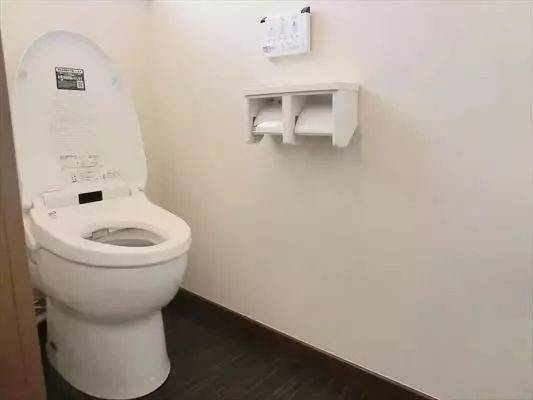
In line with the principle of not wasting space, the storage partition behind the toilet can also solve the necessary storage problems.
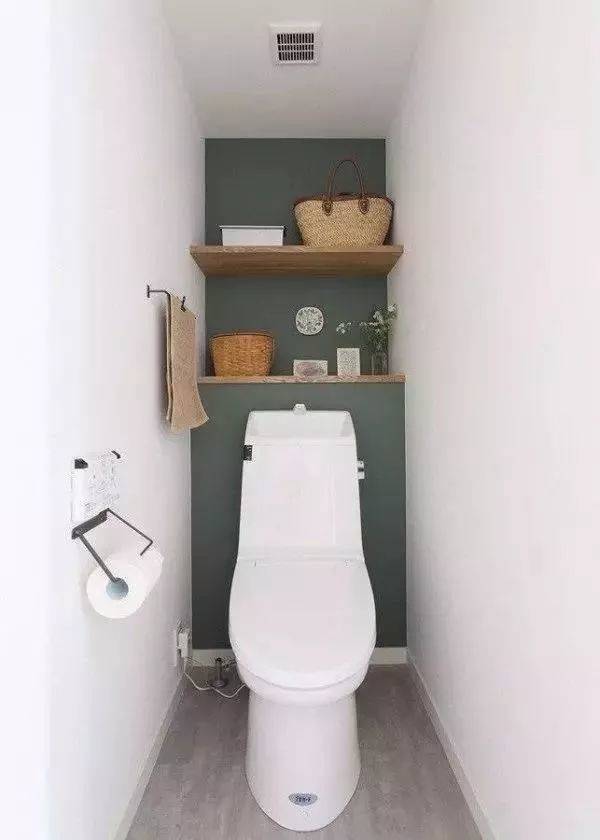
The use of recycled water to flush the toilet not only covers a small area, but also is an environmentally friendly and energy-saving design approach.
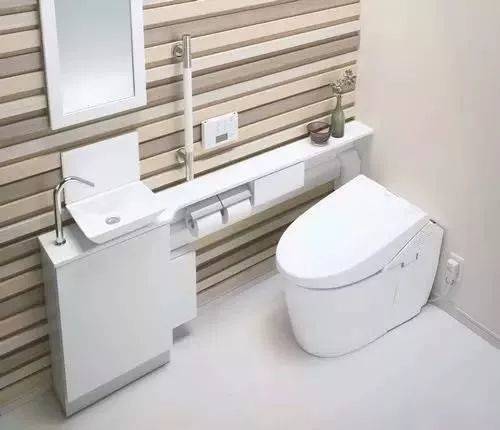
So, what surprised the Japanese designers is: why do we need two bathrooms in China?
There are many different ways to arrange a bathroom, but each new idea is aimed at improving people’s quality of life. As long as you break the rigid thinking, according to the habits of life reasonable design, it is more comfortable to use it!
 WOWOW Faucets
WOWOW Faucets





您好!Please sign in